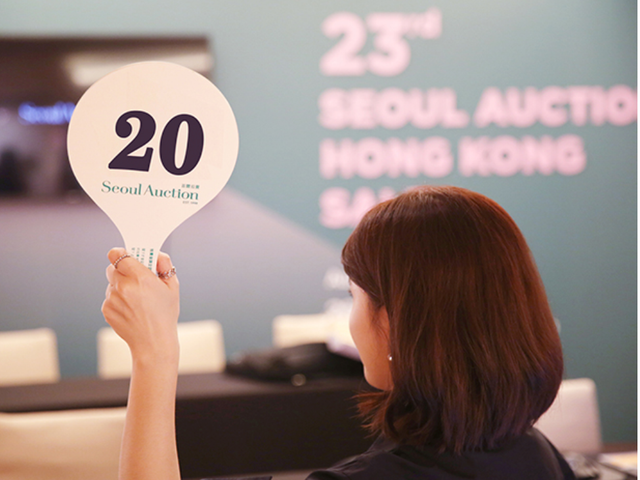Budapest
After a decade of soaring prices, collectors of Hungarian art fear the fledgling market could now falter. In April, Hungary’s leading newspaper Népszabadság published an article reporting that auctioneer Csaba Nagyházi, the head of the National Art and Antique Dealers Association (Naada) and the Nagyházi auction house in Budapest, had publicly stated that works due for auction at the relatively new Belvedere Auction house were fakes. The association went further, suggesting that the firm “consistently auctions works of questionable origin.”
In response, Tamás Forró, the owner of the Belvedere Auction house, last month threatened legal action over the allegations.
Two days after the article was published, the police seized five pictures from an upcoming auction. Two were returned, but three works, catalogued as by Jószef Rippl-Ronai, and estimated from Ft1m to Ft8m ($4,800-$38,750) were impounded. At press time, the police said no charges had been filed and that the investigation continues.
The incident is the first jolt in a decade-and-a-half of growth in the art market which has gone from bust to boom.
The works of classical Hungarian artists such as Jószef Rippl-Ronai, and modern masters Béla Iványi Grünwald, Béla Kádár and Hugo Scheiber have skyrocketed over the past decade, as collectors pumped money into their work, convinced that they are buying into an undervalued market.
Imre Pákh is a prominent Hungarian collector and businessman who has made a fortune in chemicals and fertilisers, and has major holdings of the 19th-century Hungarian artist Mihály Munkácsy (1844-1900). He says that fakes of works by artists such as Béla Kádár and Hugo Scheiber are on the market. “These issues don’t seem to go away,” says Mr Pákh. “Eventually you start losing confidence. I typically do not buy Scheiber or Kádár because quite a few of them are fake,” he added.
Mr Pákh feels that the absence of an efficient professional infrastructure to establish provenance is part of the problem. “Once the National Gallery decided not to take on this role, authentication was left with the commercial sphere,” he says. “There are experts in the auction houses but I don’t believe it is the best solution to be the judge, the jury and the executioner.”
Market professionals disagree. “Top quality works are going up in price, just like anywhere else in the world. While it may be that medium-quality works are stagnating, I would argue that this happens everywhere,” says Judit Virág of the Mu-Terem Gallery and auctioneers, Hungary’s leading auction house. Ms Virág estimates that in Hungary there is an active group of up to 3,000 collectors of Hungarian art, of whom almost 30% are international buyers.
The spring auction at Ms Virág’s Mu-Terem Gallery was characterised by many middle-of-the-road works selling under estimate. About a half-dozen paintings saved the day, however, led by the spectacular sale of a very rare work by the Hungarian artist Tivadar Kosztka Csontváry (1853-1919). The work, People Crossing a Bridge (undated) sold for a hammer price of Ft180m ($871,500)—the second highest price ever paid for a work of Hungarian art. The highest price paid was for Munkácsy’s Dusty Road which sold for just over $1m in 2003 at Mu-Terem.
“Eventually the market will be self-regulating,” says Mr Pákh, who also warned that the issue may be more widespread than has been reported. “If this whole fake issue doesn’t go away, the market will eventually have to create a structure that is more regulated than it is now.”


